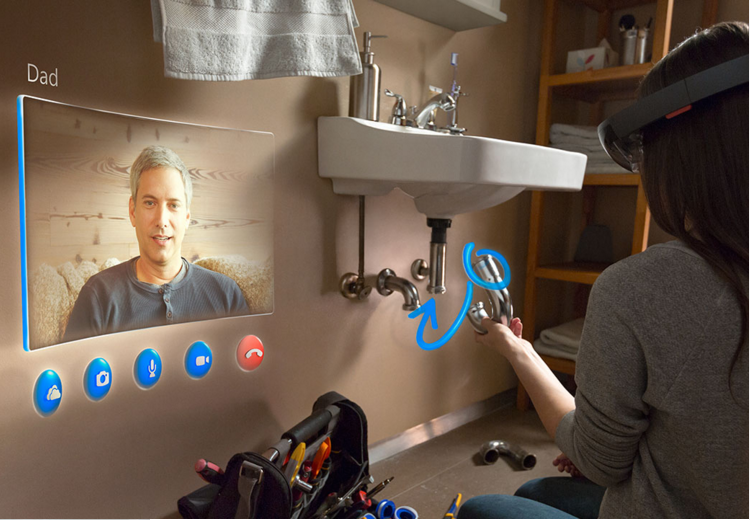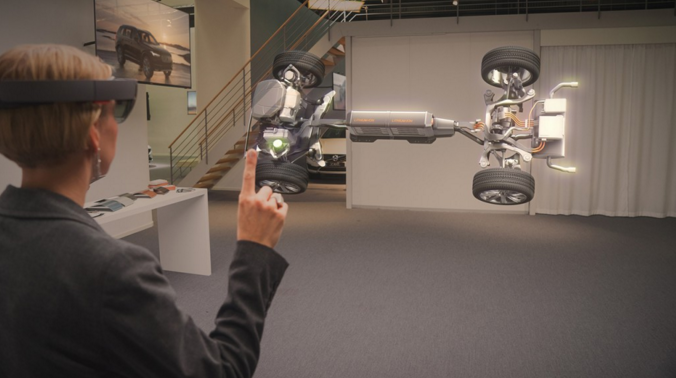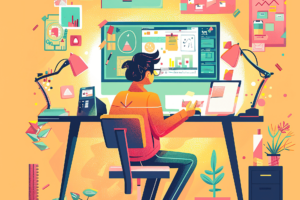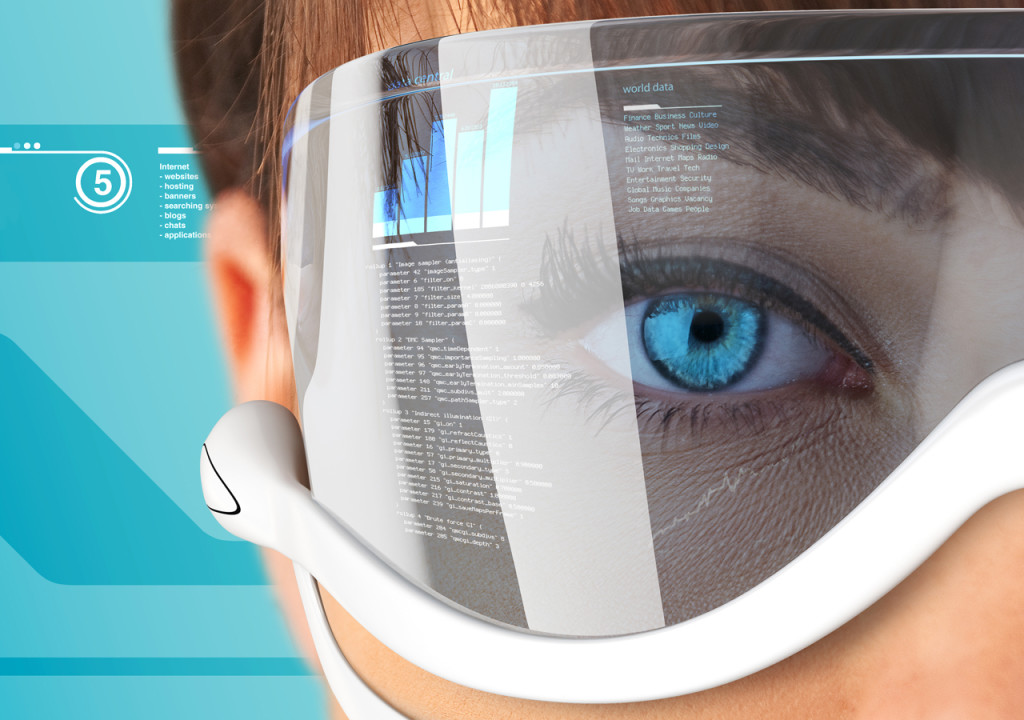Augmented Reality
February 18, 2016
I’m ready for a more fun blog post. I want to write about Augmented Reality (AR). I’ve written about AR in the past. And I continue to be fascinated by it. We’re looking to develop our first AR project with an AR partner.The key is what are the killer ideas for AR? Here are some AR images (thanks to Microsoft). It’s mind boggling. And I think it lives up to its hype.


What about some ideas for AR? There are so many different areas. The above Wikipedia link gives you the breadth of industries that could benefit from AR.
Some of the ideas would require glasses like the Hololens or Magic Leap. Others would only require a cell phone. Ideas that require a glasses would need to be more focused because it will take a long time before everyone is walking around with these big glasses on their face.
Here are some of my ideas:
- Utilities: I know utilities are concerned about training the next generation engineer. A lot of the equipment and controls that utilities use are super outdated. Why not use AR to make the training and daily work more interactive and visual? Even trained engineers will need to understand and learn how to adapt to a utilities plant environment.
- Fast Food: Turnover is high. Training is a constant and costly. Could Culver’s (link) use AR to train new employees? For example, when a new person starts work, they first get a walk through by employees. This is how you make fries, make burgers, make a shake, work the cash register (this might be automated soon), etc.
Then the new employee slips on the augmented reality glasses. When they go to make fries, everything is visually laid out for them. This is where the fries go, these are the setting options, and this is the timer. It could also include safety warnings.
-
- Retail: Similar to fast good, retail has high turnover. AR could help new employees identify where things are located, and how to work the cash register.
- Manufacturing Line: AR could help manufacturers train new employees on a manufacturing line. It would label different components and processes with instructions. You could also have throughput and other stats to indicate how a line is doing in real-time. That immediate feedback is valuable.
- Lab: This one is interesting to me. There are many medical/research labs. Many of the processes in these labs are long and can be complex. Why not use AR to label the steps and processes to help with training?
- Sports: This idea would strap wearables to the athletes on the court, field, rink. This data (yes, using the singular version) would be sent in real-time to a gateway that would connect with a server. Then this data would be fed through the AR engine and be displayed. To make this happen athletes would also be need to wearing a sensor to identify their location in real-time on the field.
This would be a fun idea. And I’m thinking it could have applications beyond sports, perhaps in the medical field, warehouses, etc.
That’s all for now. AR the way we imagine it is almost here.
Related posts

Introducing Auggy AI: A Conversational AI Assistant
Embracing AI sounds easy but it’s often hard to know what and how to implement AI. To that end, we built an internal custom AI assistant. Our AI assistant Auggy is built to respond accurately to questions regarding our internal policies, manage project tasks, and provide updates on JIRA, to create, and view events, allowing …

Why AI
Why are we excited about AI? There is definitely a lot of hype around AI. The hype is exciting but also deafening sometimes. Everyone feels the pressure to build and engage with AI. It’s magical, life changing. That’s kind of all true. But there is a lot of work to be done to achieve that …

Designer Diaries: Our discourse with AI towards customized design
UX designers often face creative blocks, making conceptualization and execution challenging, particularly when working under tight deadlines. Traditional design workflows can be time-consuming and relatively less productive. Hence in an attempt to rapidly generate new ideas, visualize complex information, and interact with the team, we chose to blend AI for the design process. So what …

